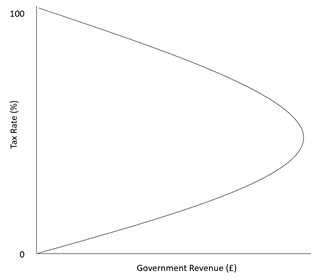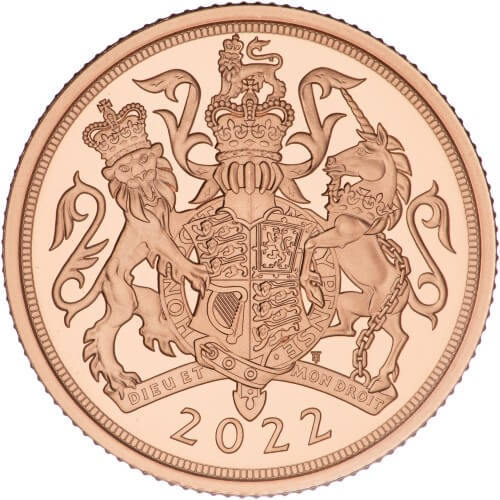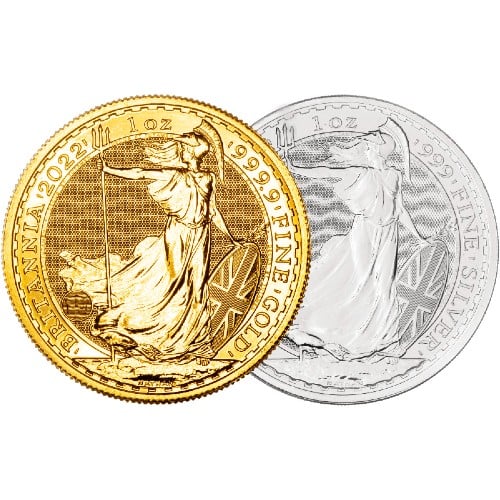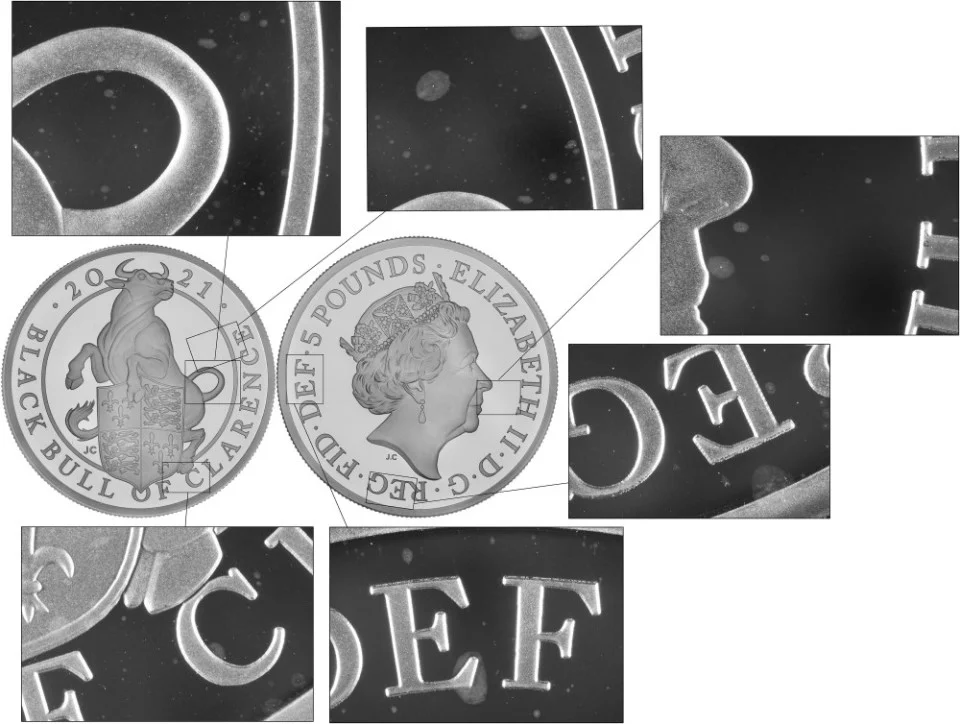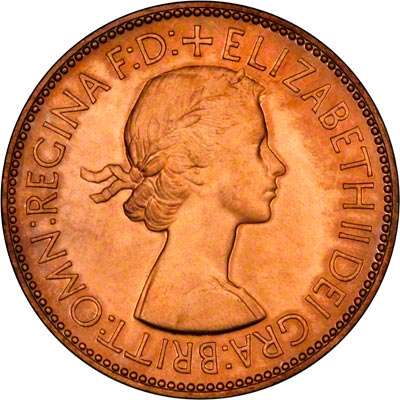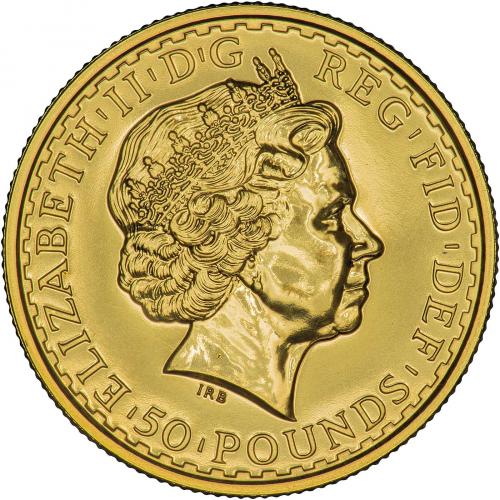Mints and Mint Marks - Mintage Figures
Synopsis
The two terms "issue limits" and "mintage figures" are often used interchangeably, but there is an important difference...
What Is the Difference between Mintage Figures and Issue Limits?
If you are confused about issue limits and mintage figures, you're not alone.
The two numismatic terms issue limits and mintage figures are often used on certificates, coin information and catalogues.
Mintage Figure
This is the quantity of coins that are produced or released - some of the coins may be issued individually or in sets. Some coins may be added into sets for release at a later date.
Issue Limit
The issue limit is the maximum quantity of coins that have been authorised. This figure is used by many mints to estimate how many coins or coin sets will be sold. If demand for the coin/coin set is not as high as anticipated, the mintage figure will be lower than the issue limit.
We often show both the mintage figure and the issue limit in our specification tables.
Issue Limits on Collectable Coins
Many coins are issued for circulation or investment in large quantities in response to demand. Proof coins, coin sets and commemorative coins tend to be issued to be sold to collectors. These coins are often marketed with an issue limit as this appeals to buyers.
Proof Coin Sets
Proof coins and coin sets are specially produced coins with a superior finish. Using highly polished dies which are monitored carefully during the minting process, proof coins have more defined engravings and high quality finishes. Proof coins can be issued using all metals, including cupro-nickel, silver, gold and platinum. Fewer proof coins are issued than brilliant uncirculated coins making them more desirable to coin collectors who are looking for a coin with a superior finish.
Premiums are often higher the lower the mintage or issue figures. This is because, the lower the mintage and issue figures, the more desirable the proof coins are to collectors. Coin collectors who are buying for investment purposes will often see the lower mintage or issue limit as a potential to enhance investment potential. Our advice is to buy proof coins for pleasure first, investment second.
The other factor with a low issue limit might by the availability. If there is a low limit, then the initial demand may outweigh availability, and collectors may be disappointed if they fail to get the item they wanted. A high issue limit may make it more likely that a particular issue could be purchased later at a lower price. Obviously, this depends whether the collector prefers to be patient and get a bargain, or prefers to ensure that they get the latest product as soon as possible.
The 2016 Peter Rabbit coloured silver proof fifty pence from the Beatrix Potter Collection and the 2017 Piedfort Sovereign from the 200th Anniversary of the Modern Sovereign are two excellent examples of coins which have exceeded demand. The 2016 Peter Rabbit 50p sold out within days and collectors eagerly awaited news of sets which contained the coin. Towards the end of 2016, a gift box containing the 2016 Peter Rabbit silver proof coin and a book in a presentation box was released, the Royal Mint's issue price was just under £500; a steep increase from the original coin which was initally available for sale at £55.
Non-Proof Issues
Single proof coins and specimen base metal coins and sets are also often marketed with an issue limit when sold for collectors.
Time Will Tell
Obviously for any new issues, we get to know the issue limits in advance, but we only learn the actual mintage figures later. This is often many years later, when the mints release data about their production.
Serial Numbers
Serial numbers exist higher than the mintage figure for some coins and sets. The reason for this is that the Royal Mint, and other mints, do not (or did not) necessarily use their certificates in strict numerical order.
Related Blog Articles
This guide and its content is copyright of Chard (1964) Ltd - © Chard (1964) Ltd 2025. All rights reserved. Any redistribution or reproduction of part or all of the contents in any form is prohibited.
We are not financial advisers and we would always recommend that you consult with one prior to making any investment decision.
You can read more about copyright or our advice disclaimer on these links.


